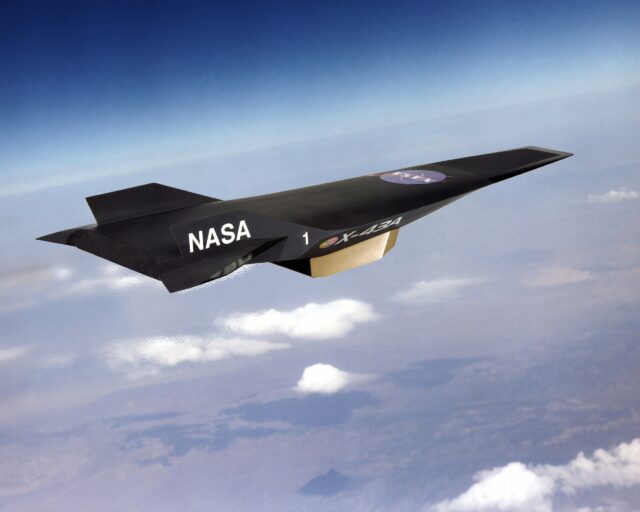REGENT launches defence unit to build hybrid sea-skimming ekranoplans for the US Marines

July 29, 2025

Electric seaglider developer REGENT has launched a new military-focused division as it expands efforts to develop sea-skimming ground-effect vehicles for the US Marine Corps and other defence customers.
The move comes as interest resurges in wing-in-ground-effect (WIG) craft, particularly in the Indo-Pacific, where traditional resupply methods are becoming increasingly vulnerable.
REGENT is developing ground-effect vehicles for US Marines
REGENT Defense, launched in July 2025, is a new business unit tasked with adapting the company’s civilian technology for military use.
The company has already been working with the US Marine Corps Warfighting Lab under an expanded R&D contract awarded earlier this year, exploring applications of its electric Viceroy seaglider for amphibious operations.

REGENT’s civil seaglider designs are 100% electric and aimed at short-haul ferry routes. The military version of Viceroy, however, will incorporate hybrid propulsion, increasing range from 156 to 1,400 nautical miles—a significant leap for maritime logistics and reconnaissance roles.
“We’re building platforms engineered for maritime defense operations in contested and logistically complex maritime environments,” REGENT says. “Their unique combination of speed, range, and low signature enables mission success while providing a low‑cost, scalable solution to deter conflict and enhance operational readiness.”
The military-configured Viceroy is designed to carry 3,500 lbs of payload or up to 12 Marines, and can operate either crewed or autonomously. REGENT is also developing a smaller craft called Squire, an Unmanned Surface & Air Vehicle (USA-V) designed to carry up to 50 lbs of supplies over 100 nautical miles at speeds of 70 knots.
In addition to the Marines, REGENT is also working with the US Special Operations Command (USSOCOM) and the US Coast Guard Research and Development Centre to develop sea-skimming craft.
REGENT Defense: Joining the ekranoplan race
Ekranoplans or ground effect vehicles (GEVs) have numerous advantages as they combine the speed of an aircraft with the heavy loads of a ship. Much of the US and earlier Soviet effort was to go big.
However, efforts to overcome the many engineering challenges to use these as massive cargo vessels have failed time and again. In July 2025, DAPRA announced it was suspending work on developing the proposed Liberty Lifter.

While the Soviets pioneered much of the development of GEVs, the race is now on between the USA and China to develop ways to operate in the East Pacific. Aeroplanes and landing strips are set to become incredibly vulnerable, while resupply by sea may prove slow and also vulnerable.
In July 2025 new ground-effect vehicle was identified in the South China Sea. Now, REGENT and the US Marine Corps are looking for a smaller application to assist in littoral operations.
The startup developing electric ground-effect vehicles
REGENT is a company developing all-electric, passenger-carrying, wing-in-ground-effect vehicles to service coastal routes. These typically serve a ferry role, and REGENT counts companies like Brittany Ferries, Hawaiian Airlines, and Alaska Airlines among its investors and partners.

REGENT says its civilian craft are designed for everyday travellers and commuters, and fares will be half the cost of an aircraft ticket. The Seaglider is designed to fly 180 mph (156 knots) with a range of 180 miles (156 nautical miles). It will be able to bypass congested highways and airports while offering zero emissions.
















